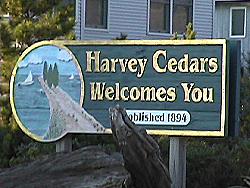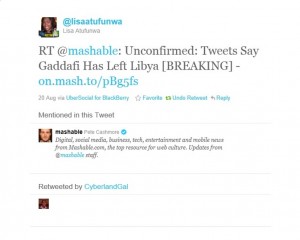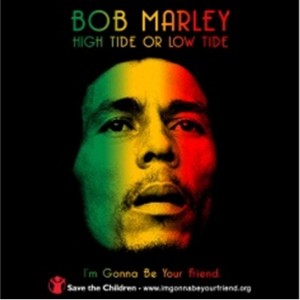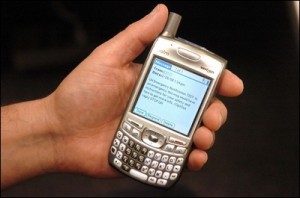 Are municipal entities around the country getting the message that social media plays an important role in communications during and after natural disasters?
Are municipal entities around the country getting the message that social media plays an important role in communications during and after natural disasters?
My personal experience trying to get information about Long Beach Island (LBI) following Hurricane Irene where my in laws have a cottage makes me wonder. Only one island municipal entity, the Harvey Cedars Police Department, is on Twitter. None, except the Borough of Harvey Cedars, appear to be on Facebook.
As a result, most of the information about LBI on Twitter following the hurricane was from people who ignored the mandatory evacuation order to vacate the island. As I and others pressed these brave souls for information, I worried about encouraging them to continue putting themselves in danger. I also had concerns about believing and passing on their sometimes contradictory information.
If surveys have shown that almost 70 percent of Americans would turn to Twitter and Facebook for information in a crisis, why aren’t more municipal entities on them?
Good question!
What I know definitively is municipal entities can set up a Twitter account and Facebook page for free. There is a free Twitter chat every Friday from 12:30 to 1:30 p.m. EST on the ins and outs of social media and emergency management using the #SMEMchat hashtag. The Federal Emergency Management Agency has posted useful information on using social media in emergency response on its website. There are also plenty of blogs, such as Crisis Comms Command Post, iDisaster 2.0, and Social Media 4 Emergency Management, providing free resources on how to use social media before, during and after a crisis.
Kudos to the Harvey Cedars Police Department for setting up and managing its Twitter account however it went out about it (without any obvious unnecessary time sinks). The information it provided following Hurricane Irene was a tremendous service to everyone who cares about the island—home owners, business people, tourists, and visitors to Harvey Cedars and the rest of the island alike.
Hopefully, more municipal entities around the country will follow the Harvey Cedars Police Department’s prudent example.
What lesson do you think we can learn from Hurricane Irene? Please share your ideas in the comments section.




